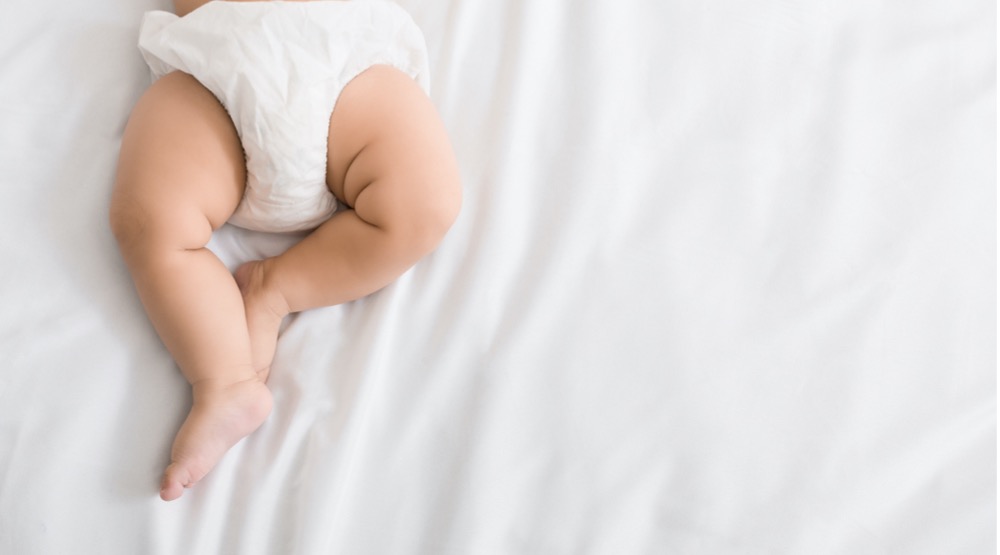The Business Council of Australia (BCA) has proposed to expand the federal government’s paid parental leave scheme from 18 to 26 weeks, enabling more parents to take time from their work to spend time with their new babies. It would also allow women to return to work by offering their partners the same amount of time off, effectively allowing them to tag-team their parental leave to provide car for their newly born or newly adopted child.
Under the current scheme, eligible employees who are the primary carer of a newborn or newly adopted child get up to 18 weeks of paid leave at the national minimum wage, which is $150.80 per day.
Eligible secondary parents can receive up to two weeks of paid leave under the Dad and Partner Pay scheme, which is currently $753.90 per week before tax.
When both parents access these schemes, they can receive a maximum of 18 weeks of parental leave.
The new proposal would alter the government’s scheme by first expanding it to 20 weeks, before increasing it to 26 weeks over eight years, by two weeks every two years.
There would also be greater flexibility shared between parents, meaning that each parent could take a maximum of 18 weeks leave, thereby allowing women to return to work without the prospect of forking out massive childcare bills in that first year.
An incentive of up to two additional weeks would be established to encourage parents to share their leave equally, by offering a bonus two weeks of leave.
Announcing the proposal in Canberra on Wednesday, national chair of KPMG Australia Alison Kitchen said the pandemic has created an opportunity to “remove some of the genuine inequities and barriers within the existing childcare system”.
“We do know that paid parental leave is disproportionately and overwhelmingly currently taken by women,” Kitchen said.
“We believe there is an opportunity to increase participation by both parents and importantly to create a structural incentive for the second parent to do more share of the childcare in order to even the burden and again create genuine opportunities for women to participate more equally in the workforce.”
For more news and updates, subscribe to our weekly newsletter

